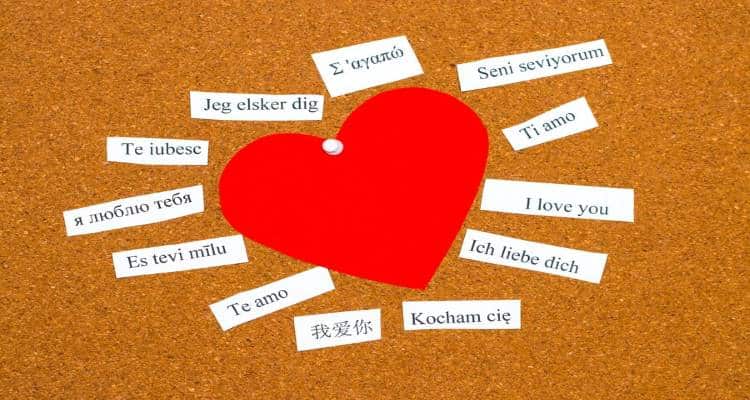Introduction
Love is a powerful emotion that transcends cultures, traditions, and languages. Whether you’re saying “Te Amo” in Spanish or “Je t’aime” in French, the sentiment remains the same — love connects us all. But how do different cultures express this emotion? Let’s take a journey through various languages to see how love is universally communicated.
The Importance of Language in Expressing Love
Language isn’t just a tool for communication; it’s also a reflection of how we feel and perceive the world around us. When it comes to love, every culture has its unique ways of expressing this beautiful emotion. Each phrase holds cultural significance, history, and a sense of belonging. Understanding how love is expressed in other languages deepens our appreciation for diversity and unity at the same time.
1. French: Je t’aime
France is often considered the city of love, and their language reflects that romantic aura. “Je t’aime” means “I love you” in French, and it’s a phrase you’ll hear often, whether in the streets of Paris or whispered between lovers.
2. Spanish: Te Amo / Te Quiero
In Spanish, love can be expressed in two ways: “Te Amo,” which is used in a deep, romantic context, and “Te Quiero,” a more casual, affectionate phrase that could also mean “I care about you.” This distinction showcases how the Spanish language offers various ways to convey the depth of emotions.
3. German: Ich liebe dich
German might sound a bit formal to the untrained ear, but “Ich liebe dich” is filled with sincerity and warmth. Germany’s rich cultural heritage is mirrored in this direct yet heartfelt expression of love.
4. Italian: Ti Amo
Known for its passionate and lyrical nature, Italian is a language that makes every word sound like a song. “Ti Amo” is the romantic phrase for expressing love, often accompanied by grand gestures and beautiful settings, reinforcing Italy’s status as one of the most romantic countries in the world.
5. Hindi: Main Tumse Pyaar Karta Hoon
In Hindi, the expression “Main Tumse Pyaar Karta Hoon” is used to convey love. Hindi, being one of the most widely spoken languages, uses this phrase in countless love stories, songs, and poems, reflecting deep-rooted cultural values.
The Impact of Love Across Cultures
Though the words may differ, the essence of love remains the same. It’s a reminder that, no matter where you are in the world, love is a shared experience. Whether you’re in Europe, Asia, or South America, expressing love in a foreign language can bring people closer, break down barriers, and create lasting bonds.
Conclusion
Love is an emotion that unites us all, no matter the language. By learning how to say “I love you” in different languages, we celebrate not only love itself but the diversity of human expression. Whether you’re whispering “Te Amo” or “Ich liebe dich,” remember that love speaks louder than words.

